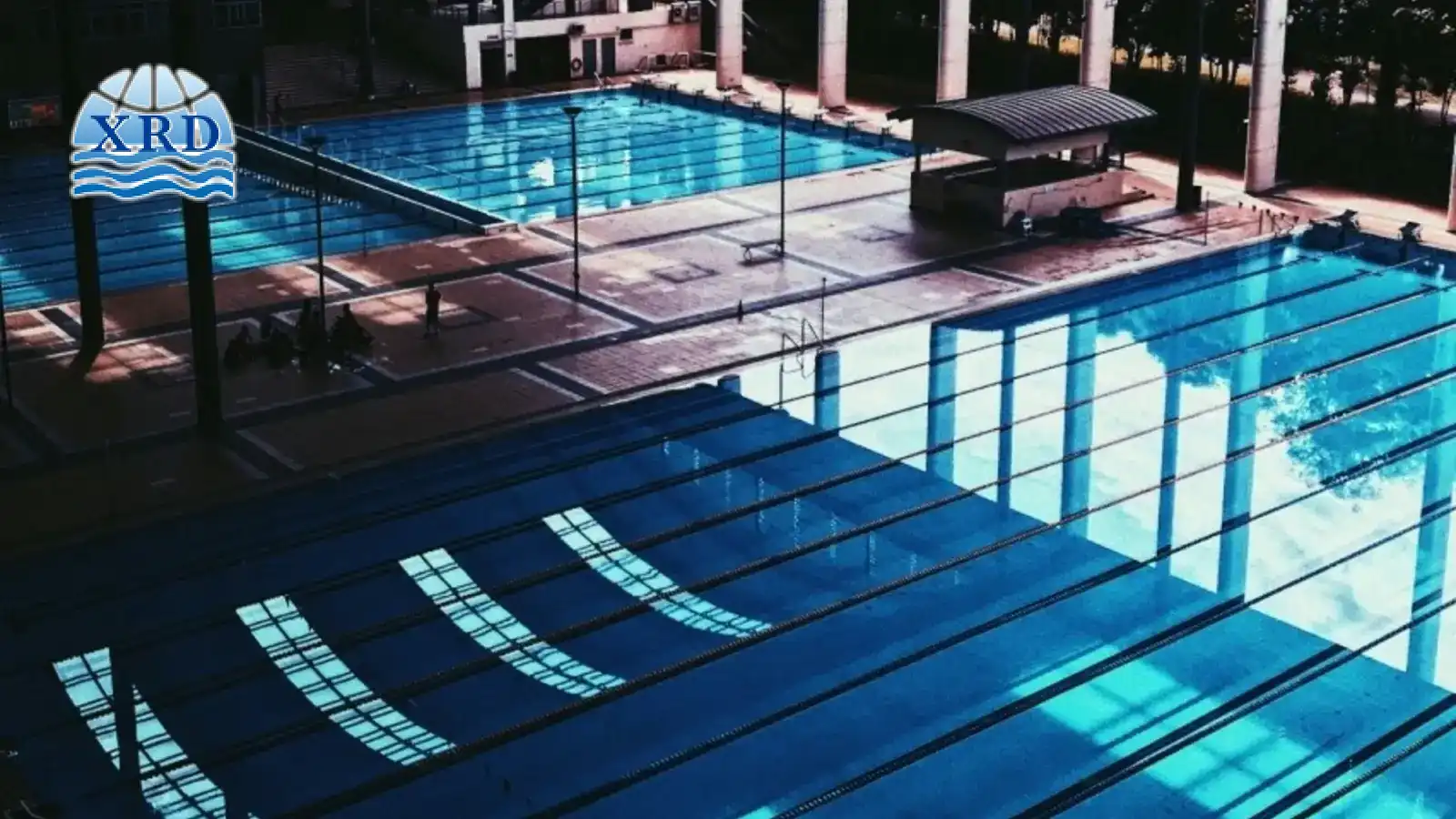Maintaining optimal water chemistry in a swimming pool is essential for user safety and equipment longevity. Among the critical parameters, calcium hardness (CH) is pivotal in protecting pool surfaces and infrastructure.
This comprehensive guide explores using calcium chloride to regulate calcium hardness, prevent corrosion, and address common challenges in pool maintenance.
Why Does Your Pool Need Calcium Chloride?
Calcium Hardness Standards (200–400 ppm)
Calcium hardness refers to the concentration of dissolved calcium ions in pool water. The recommended range, as per the APSP-11 international pool standard, is 200–400 ppm (parts per million). Maintaining CH within this range ensures water remains balanced:
- Low CH (<200 ppm): Soft water becomes corrosive, leaching calcium from pool surfaces (concrete, plaster, or tile) and metal components (heaters, pumps). Over time, this weakens structural integrity and increases repair costs.
- High CH (>400 ppm): Excess calcium leads to scaling, clogging filters, and forming unsightly deposits on pool walls and equipment. In extreme cases, it reduces water circulation efficiency.
Case Study: A 2023 study by FilterTech Solutions found that pools with CH levels exceeding 500 ppm experienced a 40% reduction in filter lifespan due to calcium carbonate buildup.
Step-by-Step Guide to Adding Calcium Chloride
Step 1: Test Water Quality
Accurate testing is critical. Use:
- Test Strips: Affordable and user-friendly but less precise (±25 ppm).
- Digital Test Kits: Provide laboratory-grade accuracy (±10 ppm), ideal for commercial pools.
Step 2: Calculate Dosage
Use the formula:
Calcium Chloride (g)=Pool Volume (tons)×1.5g/ton×(Target CH−Current CH)
Example: To raise CH by 50 ppm in a 20-ton pool, add 20×1.5×50=1,500 g20×1.5×50=1,500g (1.5 kg) of calcium chloride.
Step 3: Dissolve and Apply
- Pre-Dissolve: Always mix calcium chloride granules in a bucket of warm water before pouring them into the pool. Direct application can scorch pool liners or plaster.
- Circulate: Run the pump for at least 2 hours to ensure even distribution. Retest after 24 hours.
Synergy with Other Pool Chemicals
Chemical Sequencing
- Adjust Calcium Hardness First: Stabilizing CH prevents pH fluctuations caused by subsequent treatments.
- pH and Alkalinity: Aim for pH 7.2–7.6 and total alkalinity 80–120 ppm.
- Sanitizers: Add chlorine or salt (for saltwater pools) after balancing CH and pH.
Incompatible Combinations
Avoid mixing calcium chloride with sodium carbonate (pH increaser). The reaction produces insoluble calcium carbonate, which clouds water and damages filters:
CaCl2+Na2CO3→CaCO3↓+2NaCl
For pH adjustments, use sodium bicarbonate instead.
Frequently Asked Questions
Q1: Does Calcium Chloride Cloud Pool Water?
Cloudiness typically results from improper dissolution or overdosing. Always pre-dissolve granules and add them gradually. If cloudiness persists, check pH and run the filter longer.
Q2: How Often Should I Add Calcium Chloride?
- Seasonal Adjustments: Evaporation and rainfall dilute CH. Test monthly in summer and every 3 months in winter.
- Saltwater Pools: Salt chlorine generators electrolyze salt (NaCl) into chlorine, which does not affect CH. However, backwashing and splash-out may require occasional calcium top-ups.
Q3: Can I Use Calcium Chloride in Saltwater Pools?
Yes! Saltwater pools still require calcium hardness regulation. Low CH accelerates the corrosion of metal components in salt cells.
Best Practices for Long-Term Maintenance
- Monitor Total Dissolved Solids (TDS): High TDS (>1,500 ppm) reduces calcium solubility. Partial draining may be necessary.
- Use High-Purity Calcium Chloride: Industrial-grade products may contain impurities that stain surfaces. Opt for ≥94% purity.
- Winterization: Lower CH to 200–250 ppm before closing the pool to prevent freeze-related scaling.
References
- PHTA Recreational Water & Air Quality Committee - "APSP-11, The Gold Standard for Water Quality" - AQUA
- "Guidelines for Recreational Water Quality" - WHO
- "How to Tell if Your Pool Salt Cell is Working (or Needs Replacement)" - Premier Pool & Spa Blog
- Haley McGaha - "Exploring Calcium Supplements: Types and Absorption Tips" - foodguides

